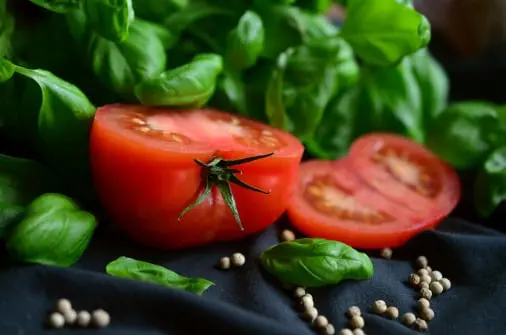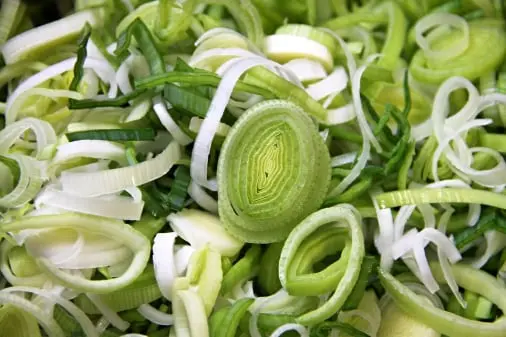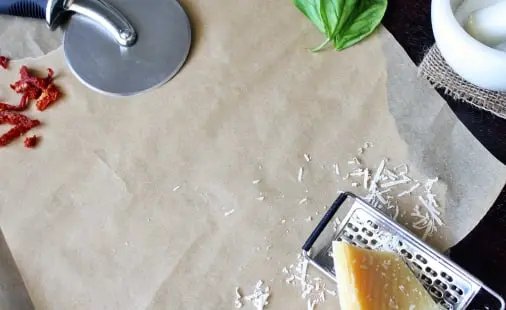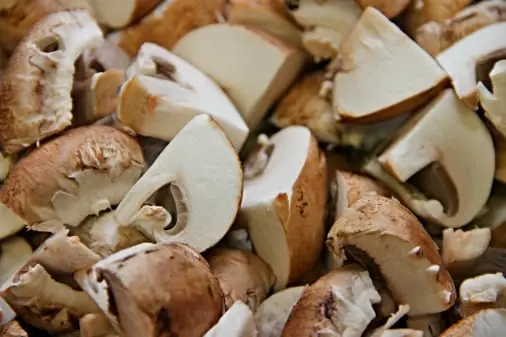Fresh cut fruit vegetable traceability app:
Fresh cut fruit vegetable traceability app: manage the entire fresh cut process, wash, sort, grade, cut, chop, and pack fresh cuts! Entire fresh cut business management app for fruit and vegetable processors.

Fresh cut Traceability during production & packing
View Traceability App Specifications.
Fresh cut packing, storage, fresh cut sales & traceability
Fresh cut packing, storage, fresh cut sales & traceability
Use farmsoft to manage the entire Fresh cut packing, storage, fresh cut sales & traceability packing operation for any Fresh cut packing, storage, fresh cut sales & traceability specialty products including spinach, baby kale, green coral, mignonette, butter lettuce, 4 leaf salads, baby cos, rocket, arugula, chives, basil, bunch dill, bunch kale curly, bunch kale deck, bunch mint, bunch silver-beet, bunch tarragon, bunch thyme, tuscan kale, chard, continental parsley, cochran iceberg, cochran cos, mizuna, chard, salad blends, organic salad packs, Asian mix, braising mix, frissee, organic raw, raddichio, Lollorosa, red romaine, spring mix, wild arugula.
Configure the ingredients for each Fresh cut packing, storage, fresh cut sales & traceability recipe, project the required materials, produce orders based on requirements (or schedule new harvests or new plantings) to ensure Fresh cut packing, storage, fresh cut sales & traceability packing is accurate and easy to manage.
Fresh cut packing, storage, fresh cut sales & traceability
The pack to order process for Fresh cut packing, storage, fresh cut sales & traceability salad loose leaf lettuce packing has never been easier with farmsoft. Mange traceability for mixed salad loose leaf lettuce packing, perform quality tests on incoming mixed salad loose leaf lettuce, and track quality back to the supplier from customer complaints/feedback.
Customers can use the portal to enter their Fresh cut packing, storage, fresh cut sales & traceability salad loose leaf lettuce orders online; give your customers a superior mixed salad loose leaf lettuce ordering experience. You can even collect customer feedback for mixed salad loose leaf lettuce products received by the customer in the mixed salad loose leaf lettuce portal.
The ability of modern supply chains for fresh produce to provide traceability is becoming the norm. At present the systems need to provide relatively straightforward capability to trace back from the market to the source of supply, or trace forward by associating production information with the product. There are, however, significant opportunities to improve supply chain performance through better traceability as well. Two examples are introduced to highlight this potential, one that provides feedback to growers on measured quality and the other feedback to the market on predicted quality. These applications for information sharing require a detailed level of traceability. At this level of detail it is not possible to have an absolute confidence in individual fruit traceability due to mixing that occurs at certain points in the supply chain. The level of traceability is, however, adequate to facilitate improved information systems for enhanced supply chain performance.

Fresh cut packhouse hygiene checklist for food safety
Software solution to manage loose Fresh cut packing, storage, fresh cut sales & traceability lettuce > Reduce loose leaf lettuce waste, improve loose leaf lettuce traceability, ensure accurate & timely Fresh cut packing, storage, fresh cut sales & traceability orders.
Fresh Cut Fruit & Veg: Produce traceability makes it possible to track produce from its point of origin to a retail location where it is purchased by consumers.
Produce traceability is an important link in protecting public health since it allows health agencies to more quickly and accurately identify the source of contaminated fruit or vegetables believed to be the cause of an outbreak of foodborne illness, remove them from the marketplace, and communicate to the supply chain.
Since many fruits and vegetables are eaten raw, the produce industry‚ from farmer to retailer, works diligently to protect these foods from contamination. Despite their best efforts, foreign matter can occasionally contaminate produce in the field or orchard, in packing or processing, in transit or storage.
Because traceability systems can provide information on the source, location, movement and storage conditions of produce, they also allow growers, packers, processors and distributors to identify factors affecting quality and delivery.

Fresh cut Traceability management best practices
Fresh cut fruit and vegetable RFID is often used with track-and-trace solutions, and has a critical role to play in supply chains. RFID is a code-carrying technology, and can be used in place of a barcode to enable non-line of sight-reading. Widespread deployment of RFID has been inhibited by certain limitations of the technology: tag cost, tag readability and privacy issues. The cost of RFID tags currently limits their economic justification for item level tagging or case-level tagging in the produce industry. Reading RFID tags requires specialized equipment limiting their usefulness for consumers today. Product orientation, packing density and materials (in particular water, which is predominant in produce) can have a significant detrimental effect on read reliability of passive tags. Finally, the widespread use of RFID tags on consumer goods is anticipated to be contentious until privacy concerns can be satisfied.
Precoolers help produce and fresh cuts stay fresh longer
Forced-air precoolers are essential to grower-packers around the world, in order to preserve freshness and shelf-life for fruits, vegetables, and flowers. “The simple fact is that, the faster you remove the field heat, and get the perishable to ideal storage temperature,” explained Jim Still, president of Global Cooling Inc., “the more saleable weight you retain, and the longer shelf life you have.”

Fresh cut Supplier Traceability Management
“We are seeing increased interest from a number of fresh cut processors and packers, for ‘re-cooling’” claimed Still. “When they select or pull their raw product from cold storage, be it fruit, vegetables, or dip” he explained, “nearly everything starts at the ideal long-term storage temperature. But then - before, during, and after cutting and / or packaging - the product temperature can creep up into the mid-40-degree-farenheit range, sometimes even a little hotter. This is not a good thing for freshness and shelf-life, not to mention the “sell by” dates.”
Fresh-cut and ready-to-eat ranges will become more popular
Fresh-cut sales continue to increase and the phenomenon is expected to continue for the simple reason that very few families purchase them regularly.
"In 2017, the fresh-cut and ready-to-eat product trend has grown by 4% in both volume and value compared to 2016. Industrial brands have increased their share by 8% despite their market share already being 40%," explains AIIPA fresh-cut President Gianfranco D'Amico (in photo).
Aiipa presented a research from Università Cattolica del Sacro Cuore in Milan titled "Market positioning of fresh and ready-to-eat vegetable products within the retail industry."
Interviewees reported consuming single-variety (around 50%) and mixed salad bags (48%) occasionally (2/3 times a week) or often (almost every day). This is definitely a testimony to the trust people have for the category and its service content. The increase in vegetable consumption is due mainly to the "time for money" concept - people have less time to cook and therefore prefer products that are ready to eat (46%) with a practical packaging (30%).
"There is still a lot that needs to be done, but this is a stimulus to keep segmenting the supply. 80% of consumers see fresh-cut products on the shelves but still won't buy it. Companies need to invest in research to gain the favour of these consumers. We need to segment supplies and widen our range, but retailers need to play their part too."
By saying that "retailers need to play their part too", the president means that very little space is destined to refrigerated vegetables in supermarkets. Almost all vegetable processing facilities operate in controlled temperature conditions, but there are very few refrigerated counters in stores.